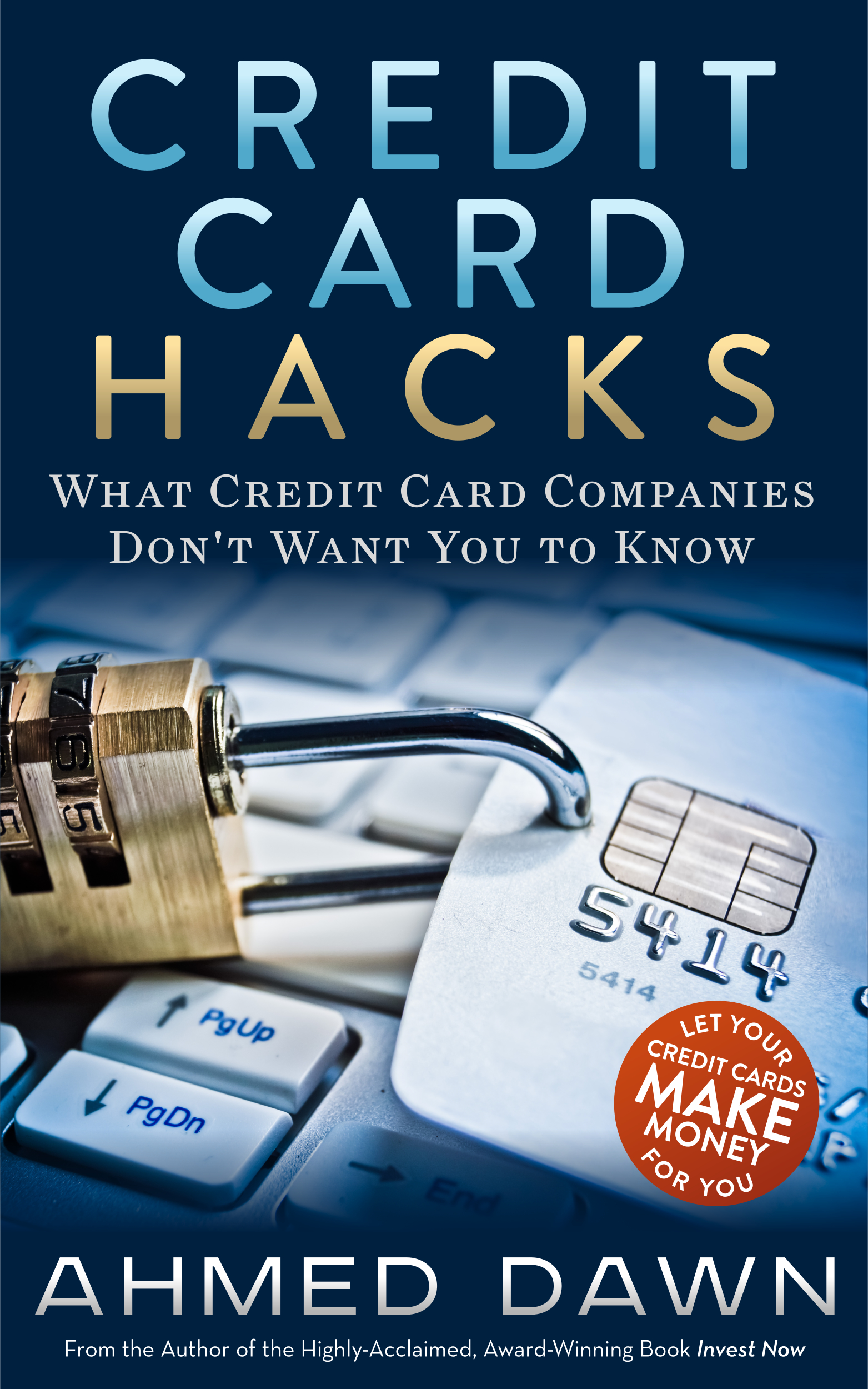How To Go Green with Cleaning
/Green Home Cleaning Tips
First Published Date: Feb 21 2010
Did you know that homes today have more chemicals in them than chemical labs did 100 years ago? Did you know that homes have 70 times the chemical levels inside than are found outside? These are alarming statistics. Another alarming statistic is that housewives/husbands have a 55 percent greater risk of contracting cancer than others, and this is most likely due to the high levels of chemicals in our home. Another scary statistic is that our homes usually contain 150 chemicals that are known to cause cancer. Where do these chemicals come from? They come from the cleaning products we use to keep our homes clean. Well, you do not need to have any harmful cleaning products in your home because of the big three of green cleaning; vinegar, baking soda and lemon juice.
Vinegar
Vinegar is one of the best cleaning products you can have. Some of the things that you can use vinegar for include:
· Vinegar can be used as paint thinner.
· Vinegar can be used to clean your oven without using harmful oven cleaners.
· Vinegar can be used to clean off counters.
· If you take half vinegar and half water and put it into a spray bottle, you create a great all purpose spray.
· You can boil vinegar and then pour it down a drain to remove any clogs. Make sure you don’t breathe in the fumes, they are not harmful but they will smell pretty bad.
Baking Soda
One of the best cleaning products available for you is baking soda. Baking soda can clean nearly anything. Some ideas include:
· Baking soda can be used to clean soap scum and mildew.
· You can clean most stains off the counters and bathtubs with just a bit of baking soda.
· If you combine baking soda and vinegar in a drain, the combination will clear out your drain without harmful chemicals.
· You can use baking soda to deodorize your entire home.
Lemon Juice
Lemon juice is very popular because it smells good and it’s acidic, which is very important in cleaning.
· Put some lemon juice in a bowl and leave it in a room. This will deodorize the room completely.
· Mix lemon juice and water together to create a good all-purpose spray that also smells good.
· You can put lemon juice on your counters and other places to help sanitize the areas to remove germs.
Cleaning your home is important but many people have gone way overboard with cleaning. We need germs in our home to help keep our immune systems strong, but we surround ourselves with products that remove all germs. Then, these products cause us to become sick because of the harsh chemicals in them. This is why it is important to remove these harsh chemicals from your home. You can easily clean your home in an excellent way by using just vinegar, baking soda and lemon juice. These are the big three of green cleaning.
To streamline and minimize blog maintenance, I will be discontinuing maintaining the Thegreenlivingblog.com website (however, I will still hold the domain). I will gradually move all articles from this site to A Dawn Journal. This article originally published on the above website on Feb 21, 2010.








